When Permanent Style comes to Harpo
HARPO, PARIS: GENERATIONS OF AMERINDIAN JEWELLERY
source : Permanent Style
Photographs: © Alex Natt

Not many people seem to have heard of Harpo, but it ticks many of the boxes for a Permanent Style reader: craft, authenticity, a classic style, and all family owned.
It’s a store in Paris, selling jewellery and other crafts made by Native Americans such as the Navajo, Hopi and Zuni. It’s been there since 1971, founded by Gerard ‘Harpo’ Nadaud, and run today by him and his three daughters: Dorothée, Valentine and Ella.
At one point during our interview, I asked Valentine (pictured below, with her father) why Harpo only works with Amerindians still - and not, for example, some of the skilled non-tribespeople that she said now make excellent work, and were often trained by those tribes.
(Many of them, menswear fans will be unsurprised to hear, are Japanese.)
“It’s a question of generations now,” she said. “My father started working with several craftspeople, and they handed the work on to their children - and at the same time our father handed parts of the business to us. Given that history, it would just seem strange now to work with anyone else.”


The silver and turquoise jewellery - for which there has been something of a vogue in menswear in recent years - ranges hugely in price.
A simple stamped bracelet might be €65, but a complex piece - perhaps using a rare type of turquoise, or made by a famous artisan - can be €6000 or €7000.
This makes it a wonderful place to visit as a tourist. You can buy a little gift (I bought a couple for my daughters) or invest in something special, having spent an hour talking to Valentine about the history of a particular design and maker.
There are also ancillary pieces, such as bolo ties, concho belts and hand-woven rugs. I was particularly interested to see the latter, given our recent article on the craft of Navajo weaving.


However, the thing I spent most time chatting to Valentine about was what makes particular pieces special: what are the factors that govern quality, style and price?
The first thing she explained was the different types of turquoise used. The silver won’t vary much, but some turquoise is very sought after - because it’s are, or because it has particular characteristics.
For example, ‘sleeping beauty’ turquoise comes from a mine in Arizona that closed in 2012, and so has a limited supply. The name comes from the mountains around the mine, which are shaped something like a sleeping woman. The large cuff below is made in that turquoise.
Other types are valued for their depth of colour, or because they are a particular shade in the broad colour spectrum of turquoise, from muddy green to azure blue.
None of this is objectively better or worse. For example, I have a vintage cuff that has more veins and colours, which isn’t considered quite so valuable. But I like the effect.
The only thing that objectively turquoise should have is density. It’s a naturally porous stone, and if it’s not dense enough it can become brittle. Poorer quality stones sometimes have resin injected into them, to keep them together.


The second thing that makes particular pieces special is the artisan.
Most jewellery at Harpo has the name or stamp of the maker on it, so even if you don’t recognise the stamp patterns, you can tell which were made by the same artist.
In fact, something that sets Harpo apart is that 90% of the pieces they hold are unique - they’re not duplicates, with the same designs being made year after year, but individual works. More like works of art in that sense.
In terms of specific makers, one prominent example is Navajo artist Sunshine Reeves, who made the flask shown below.
As with most pieces made in this style - with repeated stamped patterns - it’s easy to tell it’s handmade because of the little variations in the way each stamp has been placed.


Bigger names make their own stamps, which makes them more recognisable. And often they’re handed down between generations.
That’s why some - like the stamp above - can be many decades old, even if originally they were just made from iron that was lying around, such as railroad nails.
Reeves’s work is pretty typical for Navajo work, which tends to be more masculine and typically ‘western’, with silver designs around a single stone.
Zuni work often looks more modern, perhaps even a little ‘new age’.
Bracelets made with inlays of different pieces of turquoise - like the one I’m wearing below - are typical Zuni. The challenge with those is cutting the stone so each piece has the exact same curve as the bracelet itself, sitting flush with its neighbour.
It’s also Zuni that tend to make more fun pieces, or reference pop culture, such as pieces using cartoon characters that are sometimes referred to as ‘Zuni-toons’. My Red Rabbit pin is in that tradition.


As you might expect, the longer you talk about these styles and traditions, the more details and idiosyncrasies you discover.
For example, the ring above is an example of ‘shadow box’ technique, where the artist makes a silver dome over a flat piece, leaving a little cave that can be left empty, or partially filled with a stone.
The store itself is full of stories too. There’s a huge piece of museum-quality turquoise - the size of a small child - sitting in front of the office. It’s pretty valuable, but apparently would require several people to move.
The central glass cabinet, meanwhile, contains an old saddle from a famous shop in Arizona run by silversmith Victor Begay. So many people have asked to buy that that it now has a sign reading ‘Not for sale’.


The in front of one of the cabinets is a motorcycle helmet decorated with hundreds of pieces of turquoise, and a pair of bull horns.
You get a real sense of history and personality everywhere at Harpo.
Harpo does sell online, so they’re pretty accessible. But as with most shops PS covers, it’s really worth visiting in person if you can. Paris seems to be better at this than London - giving good space to pretty niche or quirky stores.
Perhaps London has just become too expensive, or mainstream.


 Rings
Rings Bracelets
Bracelets Necklaces
Necklaces Earrings
Earrings Pendants
Pendants Buckles
Buckles Belts
Belts Fetishes
Fetishes Bolo ties
Bolo ties Stunning Pieces
Stunning Pieces Moccasins
Moccasins Miscellaneous
Miscellaneous Decorations
Decorations